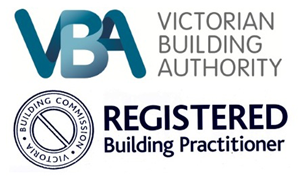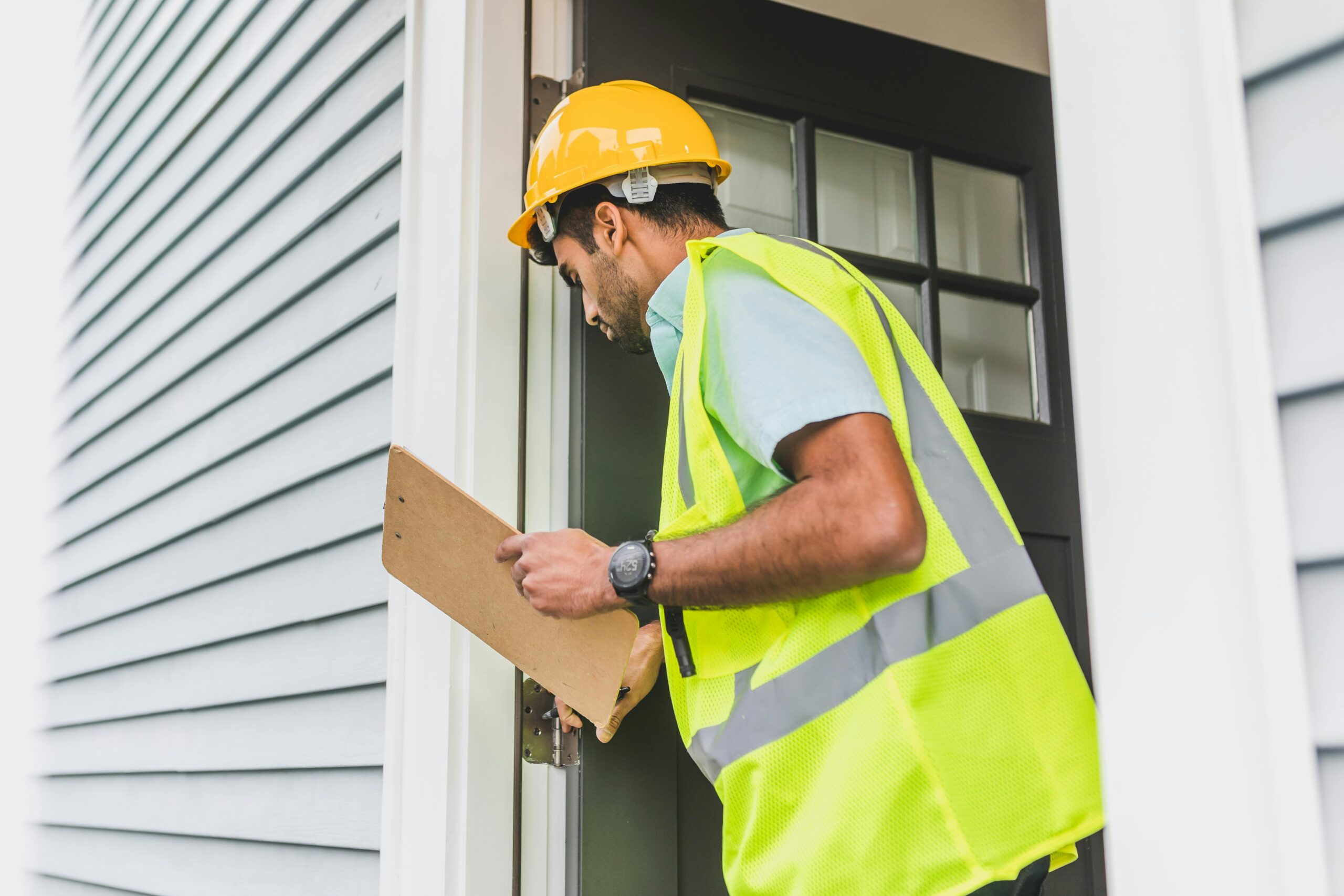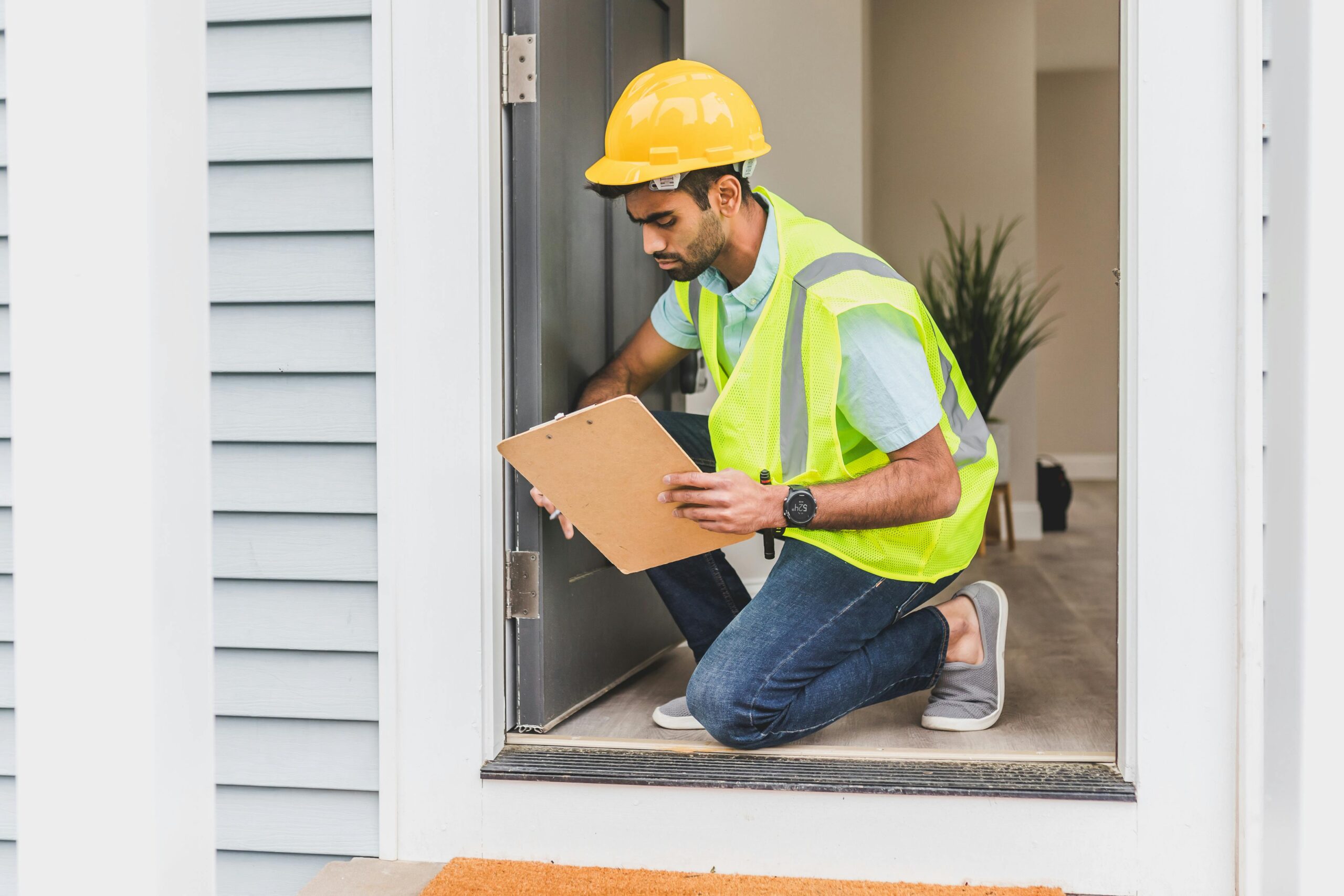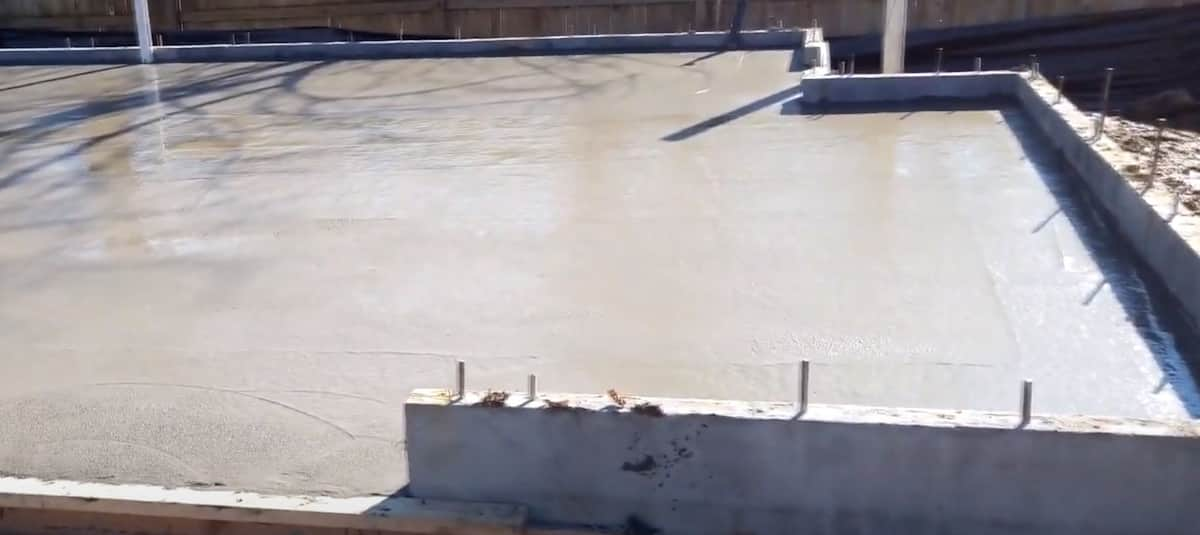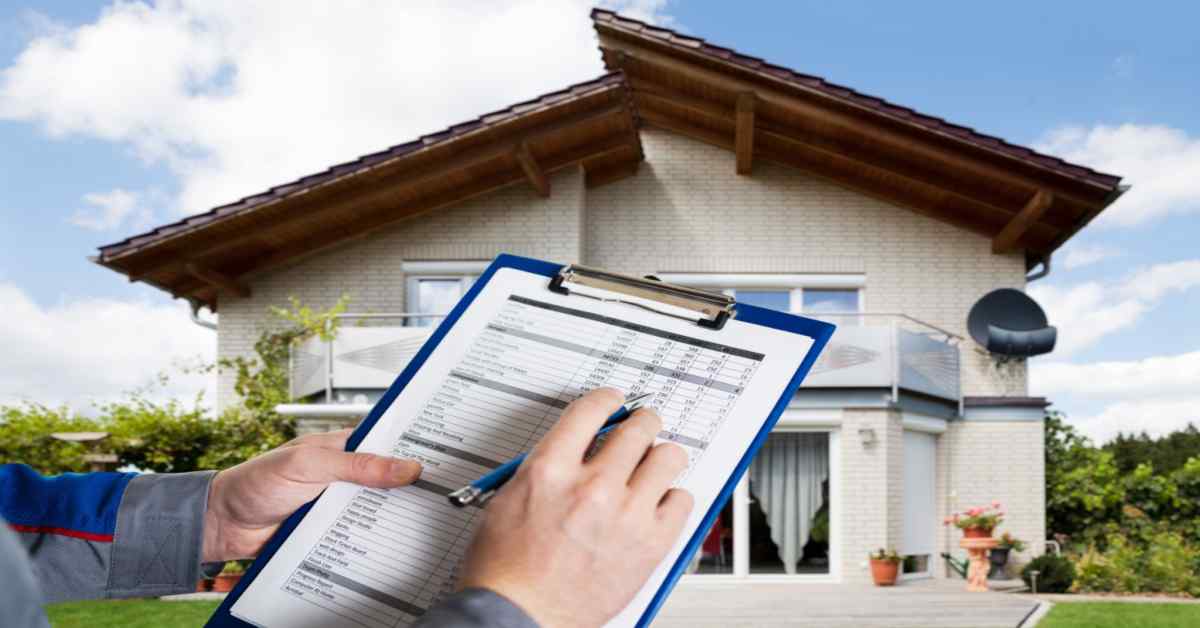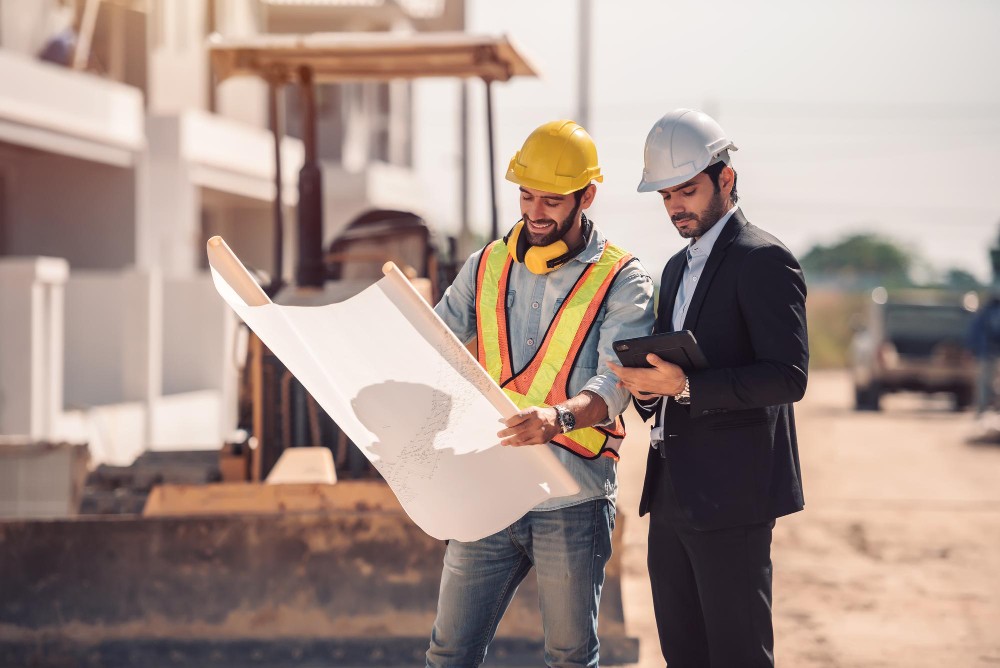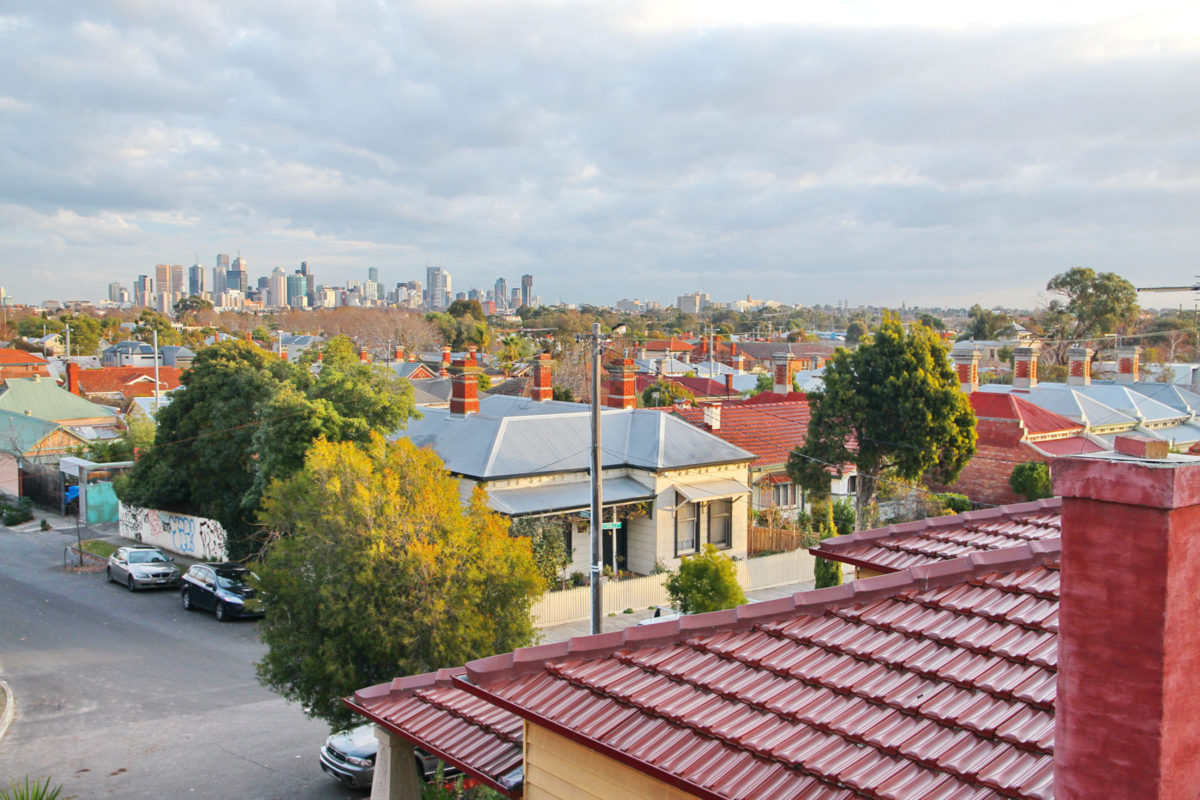What is Lockup Stage Inspection?
A Lockup Stage Inspection occurs when the home or building is in the “lockup” stage of construction. This stage typically means that the building’s exterior is complete enough to be secured or “locked up.” At this point, windows, doors, walls, and roofing are in place, but internal fittings, such as plastering, electrical, and plumbing work, may not be fully completed. The purpose of the lockup stage inspection is to verify the quality of the building’s external structure before the next phases of construction, ensuring there are no issues that could later cause defects or delays.
The Importance of Inspection During the Lockup Stage
Conducting an inspection at the lockup stage is crucial for several reasons:
-
- Ensures Structural Integrity: This inspection helps confirm that the external structure is sound, which is vital before proceeding with internal work.
- Identifies Potential Issues Early: Identifying and fixing problems during this stage is easier and more cost-effective than after internal finishes are installed.
- Avoids Delays in Later Stages: Catching issues early can prevent delays in plastering, electrical work, and other internal processes.
- Protects Your Investment: Ensuring everything is built to code and specification at this stage protects you from costly repairs or adjustments later on.
What Happens During a Lockup Stage Inspection?
A lockup stage inspection follows a series of steps to assess the quality and completion of the external structure:
- Roofing Inspection: The inspector checks the roof for any gaps, damages, or incomplete installations. They ensure that the roofing material is properly secured and that there are no leaks.
- Windows and Doors: The inspector verifies that all windows and doors are correctly installed, that they can be securely closed, and that seals are in place to prevent drafts or water leaks.
- External Walls: The external walls are checked for any cracks, gaps, or signs of structural weakness. The inspector ensures that all materials used, such as bricks or panels, are installed as per the design specifications.
- Waterproofing: An essential part of the inspection is checking for proper waterproofing. The inspector looks for appropriate sealing around windows, doors, and roofing, as well as any waterproofing measures that protect the structure from moisture intrusion.
- Structural Framing: The inspector checks the structural framing to ensure that everything aligns correctly with the design plans and that the frame is securely attached to the foundation and other structural components.
- Ventilation and Drainage: Proper ventilation and drainage are also checked to ensure there will be no issues with airflow or water pooling, which could lead to mould or structural damage.
How Long Does the Inspection Usually Take?
A typical lockup stage inspection can take anywhere from 2 to 4 hours, depending on the size of the building and its complexity. Several factors can influence the duration:
Size of the Property
Larger properties require more time for a thorough examination of all components.
Complexity of the Design
Complex designs with custom roofing, irregular shapes, or unique window configurations may require additional time for assessment.
Number of Issues Found
If several issues are discovered, the inspector may take extra time to document them and make recommendations.
Weather Conditions
Unfavourable weather can slow down the inspection process, especially if there’s a need to assess exterior elements.
Access to Key Areas
If parts of the property are difficult to access, such as high roofs or hidden corners, it may extend the time needed to complete the inspection.
Lockup Inspection Checklist Table
Hiring a professional for lockup stage inspections is strongly advised due to their expertise. However, if you choose to do it yourself, the following checklist can guide you.
| Area to Inspect | What to Check | Significance |
|---|---|---|
| Roof | Check for proper installation, no gaps, and secure fittings. Ensure there are no leaks. | Ensures the roof is durable and free from leaks that could damage internal finishes. |
| Windows and Doors | Verify that they are properly installed, can close securely, and are sealed to prevent drafts or water intrusion. | Guarantees energy efficiency and prevents potential water or air leaks. |
| External Walls | Look for cracks, gaps, or weaknesses in the walls. Check if materials (e.g., bricks, panels) are installed correctly. | Protects the structural integrity and shields the building from external elements. |
| Waterproofing | Inspect around windows, doors, and roof for proper sealing to prevent moisture entry. | Prevents water damage, mold growth, and deterioration of internal structures. |
| Structural Framing | Ensure the frame is aligned, securely fastened, and free of cracks or movement. | Supports the entire building structure, ensuring it remains strong and secure. |
| Ventilation and Drainage | Check for proper ventilation systems and confirm that drainage systems (gutters, downspouts) are installed and working. | Protects the building from moisture accumulation, ensuring air quality and preventing water damage. |
Lockup Stage Inspection FAQ
Below are some of the most frequently asked questions about lockup stage inspection.
What is the primary goal of a lockup stage inspection?
The goal is to ensure that the external structure, including the roof, walls, windows, and doors, is built correctly before proceeding with interior work.
Who should perform a lockup stage inspection?
It is highly recommended to hire a qualified building inspector or professional to conduct the inspection, as they have the expertise to catch issues that might be missed by an untrained eye.
Can I perform a lockup stage inspection myself?
While it is possible to do the inspection yourself using a checklist, it is best to hire a professional to ensure that all structural and safety issues are properly identified.
What happens if issues are found during the lockup inspection?
If problems are found, they will need to be addressed before moving to the next stage of construction. This could involve reworking parts of the roof, walls, or other external components.
Is the lockup stage inspection included in the builder’s contract?
Some builder contracts include inspections as part of the process, but it is important to confirm whether the lockup inspection is included or if you need to hire an independent inspector.
Secure Your Construction Project with a Lockup Inspection
A lockup stage inspection is a critical step in the construction process, providing an opportunity to identify and rectify any issues before they escalate into major problems. This inspection helps ensure that your investment is protected, your project stays on schedule, and your new home or building is safe and sound. Remember, whether you choose to hire a professional or conduct the inspection yourself, a meticulous lockup inspection can save you time, money, and stress in the long run.
Remember: Don’t hesitate to ask questions or seek clarification from your builder or inspector. By staying informed and proactive, you can contribute to a successful construction process and a well-built home or building? Get in touch with experts from Quality Building Consultant for a comprehensive lockup stage inspection.

